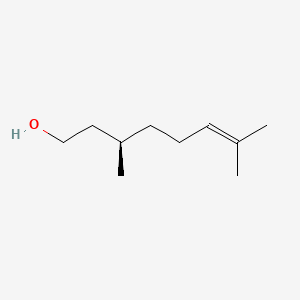| Authors | Title | Published | Journal | PubMed Link |
|---|---|---|---|---|
| Takayama F et al. | Possible involvement of aiPLA2 in the phosphatidylserine-containing liposomes induced production of PGE2 and PGD2 in microglia. | 2013 | J. Neuroimmunol. | pmid:23850486 |
| Su LD et al. | Retrograde cPLA2α/arachidonic acid/2-AG signaling is essential for cerebellar depolarization-induced suppression of excitation and long-term potentiation. | 2013 | Cerebellum | pmid:23307660 |
| Pellati F et al. | Gas chromatography combined with mass spectrometry, flame ionization detection and elemental analyzer/isotope ratio mass spectrometry for characterizing and detecting the authenticity of commercial essential oils of Rosa damascena Mill. | 2013 | Rapid Commun. Mass Spectrom. | pmid:23413218 |
| Marcus J et al. | Formulation and stability of a soap microemulsion and the apparent pK(A) herein. | 2013 | J Colloid Interface Sci | pmid:23885749 |
| Steyer D et al. | Genetic analysis of geraniol metabolism during fermentation. | 2013 | Food Microbiol. | pmid:23200656 |
| Brito RG et al. | Citronellol reduces orofacial nociceptive behaviour in mice - evidence of involvement of retrosplenial cortex and periaqueductal grey areas. | 2013 | Basic Clin. Pharmacol. Toxicol. | pmid:23035741 |
| Boukhatem MN et al. | Rose geranium essential oil as a source of new and safe anti-inflammatory drugs. | 2013 | Libyan J Med | pmid:24103319 |
| Chaiyana W and Okonogi S | Inhibition of cholinesterase by essential oil from food plant. | 2012 | Phytomedicine | pmid:22510493 |
| Gallardo A et al. | Insecticidal activity of individual and mixed monoterpenoids of geranium essential oil against Pediculus humanus capitis (Phthiraptera: Pediculidae). | 2012 | J. Med. Entomol. | pmid:22493851 |
| Brito RG et al. | Citronellol, a monoterpene alcohol, reduces nociceptive and inflammatory activities in rodents. | 2012 | J Nat Med | pmid:22350215 |
beta-Citronellol
Beta-citronellol is a lipid of Prenol Lipids (PR) class. The involved functions are known as Glycolysis.
Cross Reference
Introduction
To understand associated biological information of beta-Citronellol, we collected biological information of abnormalities, associated pathways, cellular/molecular locations, biological functions, related genes/proteins, lipids and common seen animal/experimental models with organized paragraphs from literatures.
What diseases are associated with beta-Citronellol?
There are no associated biomedical information in the current reference collection.
No disease MeSH terms mapped to the current reference collection.
PubChem Associated disorders and diseases
What pathways are associated with beta-Citronellol
There are no associated biomedical information in the current reference collection.
PubChem Biomolecular Interactions and Pathways
Link to PubChem Biomolecular Interactions and PathwaysWhat cellular locations are associated with beta-Citronellol?
There are no associated biomedical information in the current reference collection.
What functions are associated with beta-Citronellol?
Related references are published most in these journals:
| Function | Cross reference | Weighted score | Related literatures |
|---|
What lipids are associated with beta-Citronellol?
There are no associated biomedical information in the current reference collection.
What genes are associated with beta-Citronellol?
There are no associated biomedical information in the current reference collection.
What common seen animal models are associated with beta-Citronellol?
There are no associated biomedical information in the current reference collection.
